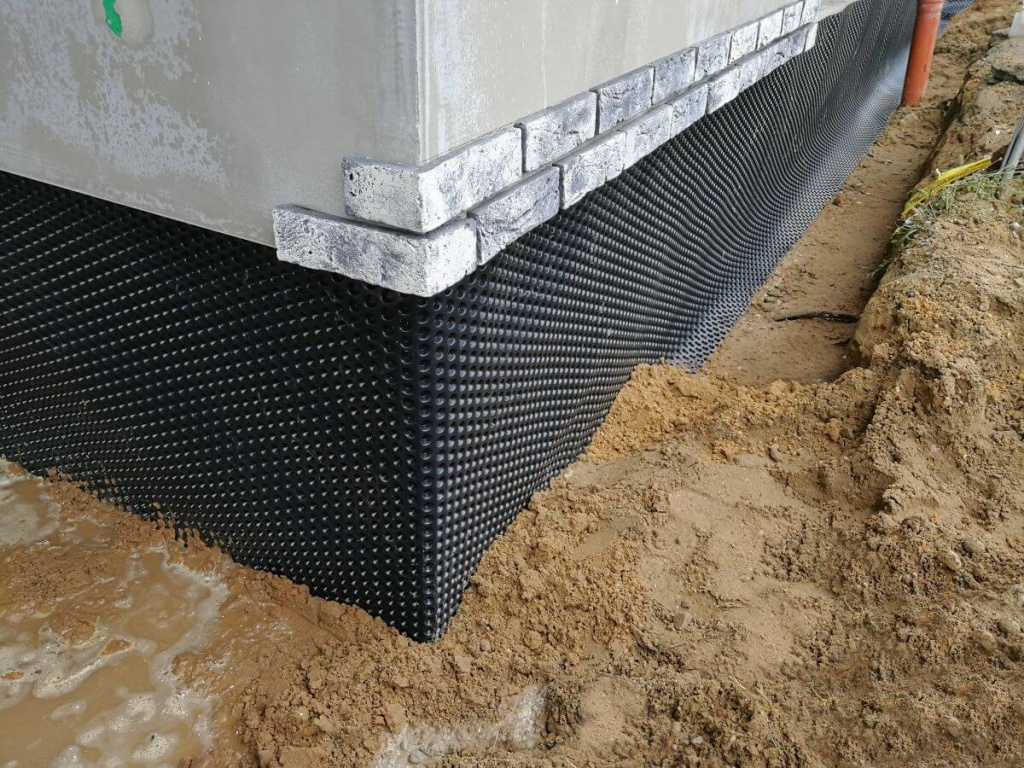In the bustling heart of Los Angeles, homeowners and building managers often face the hidden peril of subterranean moisture. With a climate that can swing from dry heat to torrential rains, protecting the foundation of any structure is paramount. Subterranean waterproofing and basement waterproofing stand as critical defenses against the encroachment of moisture, which can lead to structural damage, mold growth, and a host of other issues.
Understanding Subterranean Waterproofing
Subterranean waterproofing involves creating a barrier on the exterior or interior of foundation walls to prevent water from making direct contact with the concrete or other building materials. In Los Angeles, where the geography varies from flatlands to hillsides, water can find many paths to seep into sub-level structures. Without proper waterproofing, this moisture can erode foundations, weaken structural supports, and create a damp environment conducive to mold and mildew.
The Technical Process of Waterproofing
The technical process of subterranean waterproofing often begins with an assessment of the current condition of the foundation. This includes identifying cracks, porous areas, and points of water ingress. Following this, a series of steps are undertaken:
- Excavation: For external waterproofing, the earth around the foundation is excavated to expose the full extent of the foundation walls.
- Cleaning and Preparation: The exposed walls are then cleaned thoroughly, and any necessary repairs, such as crack filling or smoothing rough surfaces, are performed.
- Application of Waterproofing Materials: Specialized waterproofing materials, like liquid membranes, cementitious coatings, or rubberized sheets, are applied to create an impermeable barrier.
- Drainage Installation: A proper drainage system is essential to channel water away from the foundation. This may involve the installation of French drains or other weeping tile systems.
- Backfilling: After the waterproofing and drainage systems are in place, the excavated soil is replaced, often with modifications to ensure proper drainage.
For internal waterproofing, the process might involve the application of sealants directly to the inside walls of the basement, creating a waterproof coating, or the installation of internal weeping tile systems to manage water that does penetrate the walls.
The Importance of Professional Expertise
Tackling subterranean moisture is not a job for the casual DIY enthusiast. It requires a deep understanding of hydrostatic pressure, soil science, and structural engineering. That’s where SkillSee comes into play. As specialists in waterproofing and foundation repair, SkillSee offers Los Angeles residents and commercial property owners peace of mind through their comprehensive waterproofing services.
With a professional team skilled in both the technical and finishing aspects of subterranean waterproofing, SkillSee ensures that once the waterproofing is complete, any affected areas will be restored to their original condition—or better. This includes plasterwork, painting, and any other cosmetic repairs that might be necessary following waterproofing.
Conclusion
Subterranean and basement waterproofing in Los Angeles are not merely a preventative measure but a critical investment in the longevity and safety of any property. By entrusting this intricate work to SkillSee, property owners can rest assured that the job will be done correctly, effectively safeguarding their buildings from the ground up. With the right team on the job, the dangers of subterranean water damage can be mitigated, leaving structures solid and secure for years to come.

